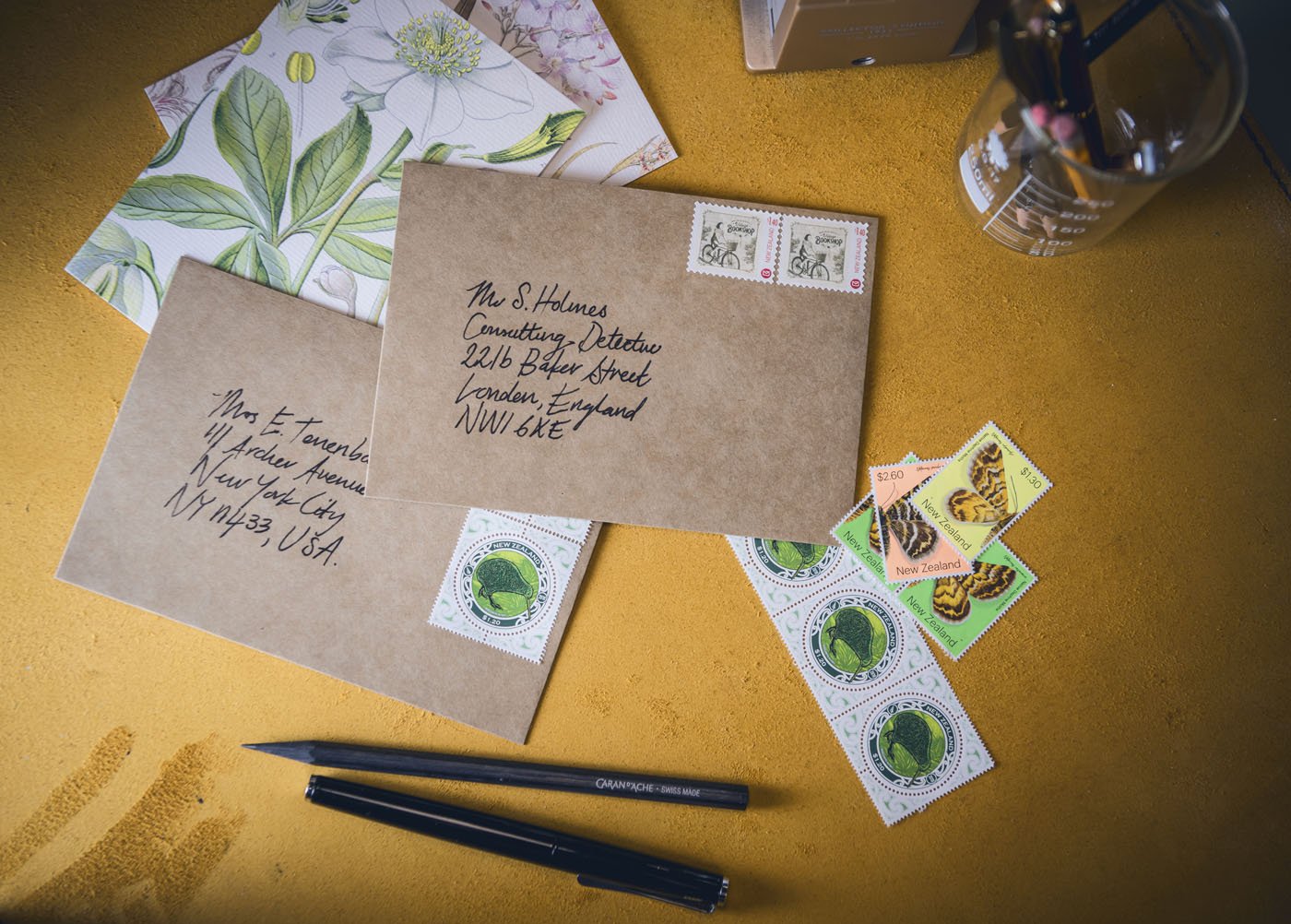Officialtollfree – In an era dominated by emails and instant messaging, the timeless charm of a handwritten letter remains unparalleled. There’s something undeniably intimate and meaningful about putting pen to paper, sealing it in an envelope, and sending it off to a loved one or esteemed colleague. However, amidst this romantic gesture lies a crucial element often overlooked—the art of addressing the letter.
Table of Contents
The Art of Addressing: A Guide to Crafting the Perfect Letter

Addressing a letter goes beyond scribbling down a name and mailing address. It’s a delicate dance of etiquette, personalization, and attention to detail. A well-addressed letter sets the tone for the entire correspondence, conveying respect, warmth, and professionalism. Whether you’re penning a letter to a friend, a business associate, or a potential employer, mastering the art of addressing is essential. Here’s how to do it right:
1. Know Your Audience:
Before you even pick up your pen, consider who will be receiving your letter. Is it a close friend or family member? A formal acquaintance? Understanding your audience will dictate the tone and formality of your address. A casual “Dear Jane” might suffice for a friend, while a more formal “Dear Mr. Smith” is appropriate for a business associate or someone you don’t know well.
2. Get the Name Right:
Nothing dampens the sincerity of a letter like misspelling the recipient’s name. Take the time to double-check the spelling and ensure accuracy. If you’re unsure of the correct spelling or the recipient’s preferred name or title, don’t hesitate to ask. People appreciate the effort you put into getting their name right—it shows respect and attention to detail.
3. Include the Proper Title:
Titles add a touch of respect and formality to your correspondence. Whether it’s “Mr.,” “Ms.,” “Dr.,” or a professional title like “Professor” or “Captain,” including the appropriate title shows acknowledgment of the recipient’s status and achievements. If in doubt, opt for a neutral title like “Ms.” for women or “Mr.” for men.
4. Mind Your Manners:
Politeness never goes out of style, especially in written communication. Begin your letter with a courteous greeting, such as “Dear” or “Hello,” followed by the recipient’s name and title. If you’re writing to someone you’ve never met, err on the side of formality. As the correspondence progresses, you can gauge whether a more casual tone is appropriate.
5. Consider Cultural Sensitivities:
Cultural norms vary widely when it comes to addressing letters. What may be acceptable in one culture could be considered disrespectful in another. Research the customs and conventions of the recipient’s culture to ensure your address aligns with their expectations. Paying attention to cultural sensitivities demonstrates cultural competence and respect for diversity.
6. Personalize When Possible:
Adding a personal touch to your address can make the recipient feel valued and appreciated. Consider referencing a shared experience or a recent interaction to establish a connection. For example, instead of a generic “Dear Sir/Madam,” you could address the recipient with “Dear Ms. Patel, It was a pleasure meeting you at last week’s conference.”
7. Use Proper Formatting:
The layout and formatting of your address contribute to its overall professionalism and readability. Ensure that the recipient’s name and address are clear and legible. Use a consistent format for the date, salutation, body, and closing of the letter. Pay attention to spacing, alignment, and punctuation for a polished appearance.
8. Be Gender-Inclusive:
In today’s inclusive society, it’s essential to be mindful of gender-neutral language when addressing letters. Avoid assuming the recipient’s gender based on their name or title. Instead of using gender-specific titles like “Mr.” or “Mrs.,” opt for gender-neutral alternatives like “Mx.” or simply use the recipient’s name without a title.
9. Double-Check Before Sending:
Before sealing the envelope and sending your letter on its way, take a moment to review your address for any errors or inconsistencies. Ensure that all names, titles, and addresses are accurate and properly formatted. A little extra attention to detail can prevent embarrassing mistakes and enhance the professionalism of your correspondence.
In conclusion, addressing a letter is more than just a formality—it’s an opportunity to convey respect, warmth, and professionalism to the recipient. By following these guidelines and paying attention to the nuances of etiquette, personalization, and cultural sensitivity, you can master the art of addressing and create memorable and meaningful correspondence. So, the next time you sit down to write a letter, remember to address it with care and consideration—it’s the first step towards making a lasting impression.
